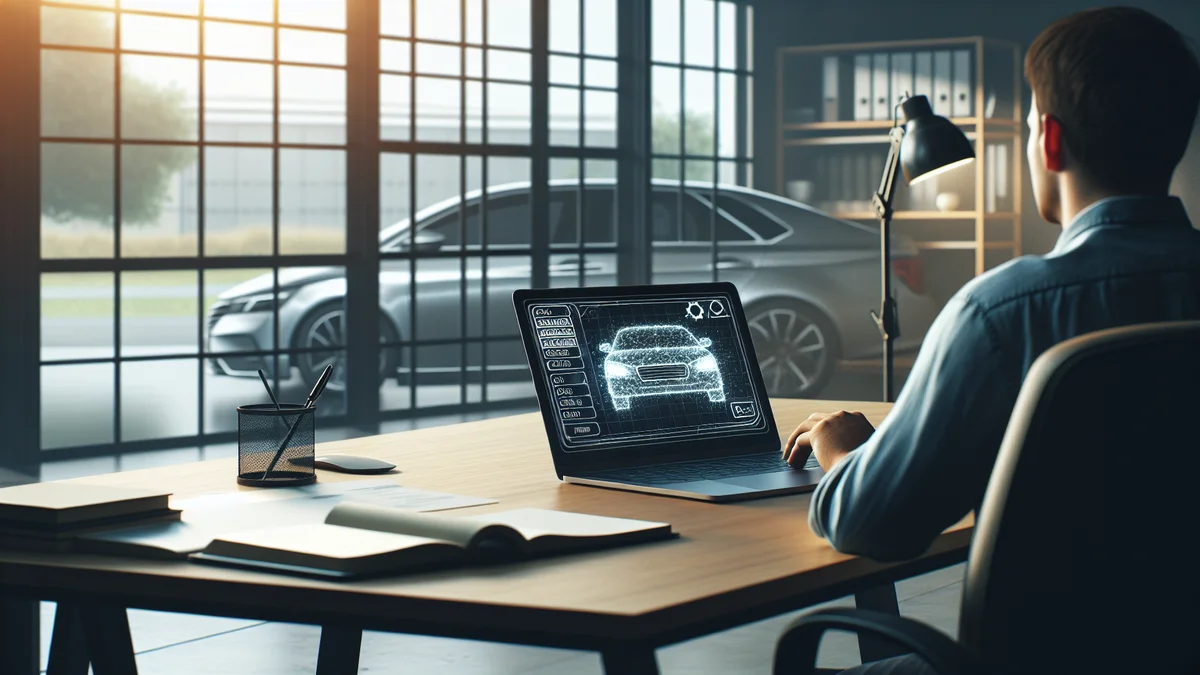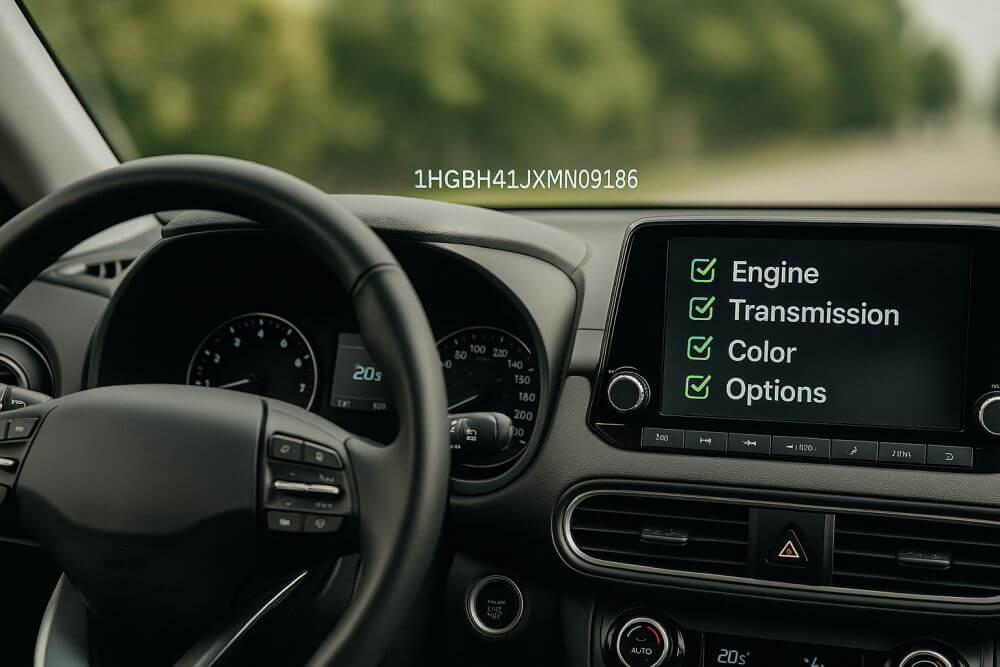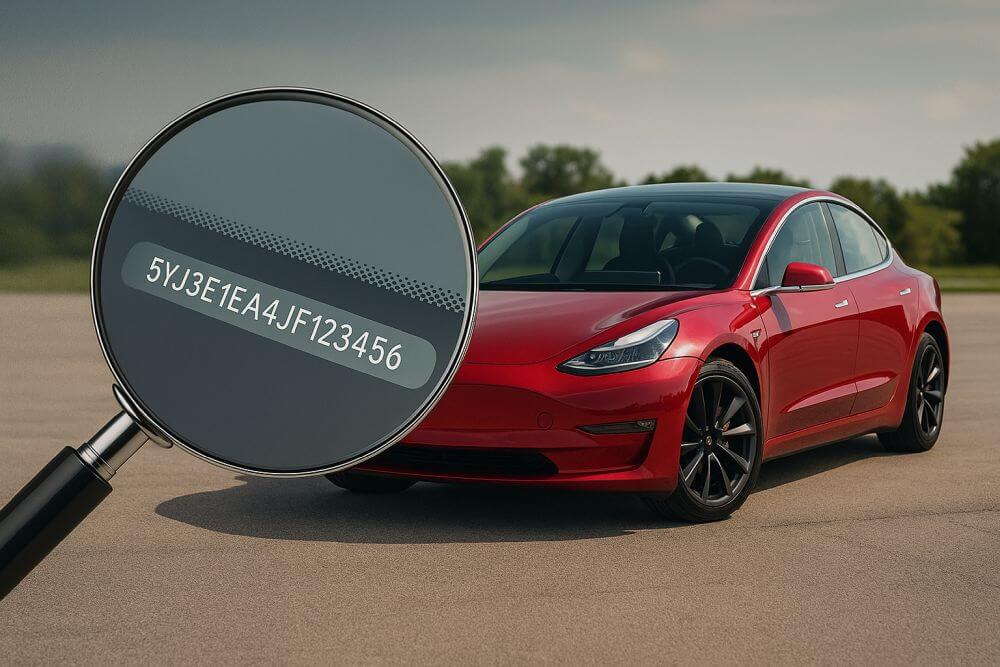Owning a classic car is like owning a piece of automotive history. These vintage vehicles carry with them a unique charm and a story that many car enthusiasts find irresistible. However, when buying or selling a classic car, understanding its history and specifications is crucial. This is where the classic car VIN decoder comes into play. The Vehicle Identification Number (VIN) is a unique code that can reveal vital information about a vehicle, making it an essential tool for anyone involved in the classic car market. By understanding how to decode a classic car VIN number, buyers and owners can uncover the vehicle’s production details, model year, and sometimes even the manufacturing plant where it was built. If you’re looking to delve into the details of your classic car, consider using a VIN Checker to get started.

What is a Classic Car VIN Number?
Before the standardized 17-character VIN system was introduced in 1981, vehicle manufacturers used various formats for VINs, which can vary significantly from one manufacturer to another. This means that decoding a VIN from a classic car can be a bit more complex compared to modern vehicles. A classic car VIN typically includes information about the car’s make, model, body style, engine type, and year of manufacture. However, the length and structure can vary, making it essential to have a reliable classic car VIN decoder for accurate information.
Steps to Decode a Classic Car VIN Number
Step 1: Locate the VIN
The first step in decoding a VIN is to locate it. In classic cars, the VIN can usually be found on the dashboard, driver’s side door jamb, engine block, or the firewall. Depending on the make and model, it might also be found in other places like the steering column or the frame of the car.
Step 2: Understand the VIN Structure
Classic car VINs can be as short as 5 characters or as long as 13 characters. Each segment of the VIN is designed to convey specific information about the vehicle. Here’s a general breakdown:
- Manufacturer Identifier: The first few characters typically identify the manufacturer of the car.
- Vehicle Attributes: Subsequent characters may specify the model, engine type, and body style.
- Production Year: A character within the VIN might indicate the year of manufacture, although the exact position may vary.
- Serial Number: The last few digits often represent the vehicle’s unique serial number, which can indicate the production sequence.
Step 3: Use a Classic Car VIN Decoder
To accurately interpret the VIN, consider using a dedicated classic car VIN decoder. Tools like the classic VIN guide can help you translate the VIN into understandable information. These decoders are designed to handle the non-standard VIN formats used by older vehicles, providing insights into the car’s original specifications and history.
Why Decoding a Classic Car VIN is Important
Decoding a classic car VIN is not just about uncovering the technical specifications of the vehicle. It is also crucial for verifying the car’s authenticity and ensuring that it matches the seller’s description. This can prevent fraudulent transactions, as discrepancies in the VIN can indicate alterations or undocumented modifications. Moreover, knowing the exact specifications and history can add to the vehicle’s value, making it a worthwhile investment for collectors.
Connecting VIN Decoding with Vehicle History Checks
Decoding the VIN is an essential first step, but it’s equally important to conduct a comprehensive vehicle history check. This can provide additional insights into past ownership records, accident history, and title status. Using tools like VinCheckPro’s free VIN decoder can help access detailed reports for classic cars, ensuring you make informed decisions whether you’re buying or selling.
Call to Action
To get started on your classic car’s journey, try using VinCheckPro’s free VIN decoder. This powerful tool can help you unlock the mysteries behind your vehicle’s VIN and provide you with a detailed history report. Don’t let the unknown details of your classic car remain a mystery. Decode that VIN today!
Frequently Asked Questions
What if my classic car VIN is shorter than 17 characters?
Classic car VINs often have fewer than 17 characters since the 17-character standard was not implemented until 1981. Use a classic car VIN decoder specifically designed for older vehicles to interpret these codes.
Can a VIN tell me if a classic car has been restored?
While a VIN can provide information about the original specifications, it won’t directly indicate if a vehicle has been restored. A comprehensive vehicle history report may provide insights into past repairs or restorations.
Where can I find a reliable classic car VIN decoder?
VinCheckPro offers a reliable classic car VIN decoder that can help you interpret and understand the details of your vehicle’s VIN. It’s a great resource for verifying specifications and history.
How does VIN decoding affect a classic car’s value?
Accurate VIN decoding can verify authenticity and correct specifications, which can significantly influence a classic car’s value. Buyers and collectors often rely on VIN details to ensure they are getting an authentic and correctly described vehicle.
Is it possible to find out how many units of my classic car were produced?
Yes, in some cases, a VIN can help identify the production number of your vehicle, especially if combined with manufacturing data. This information can sometimes be found in detailed history reports or through manufacturer archives.


